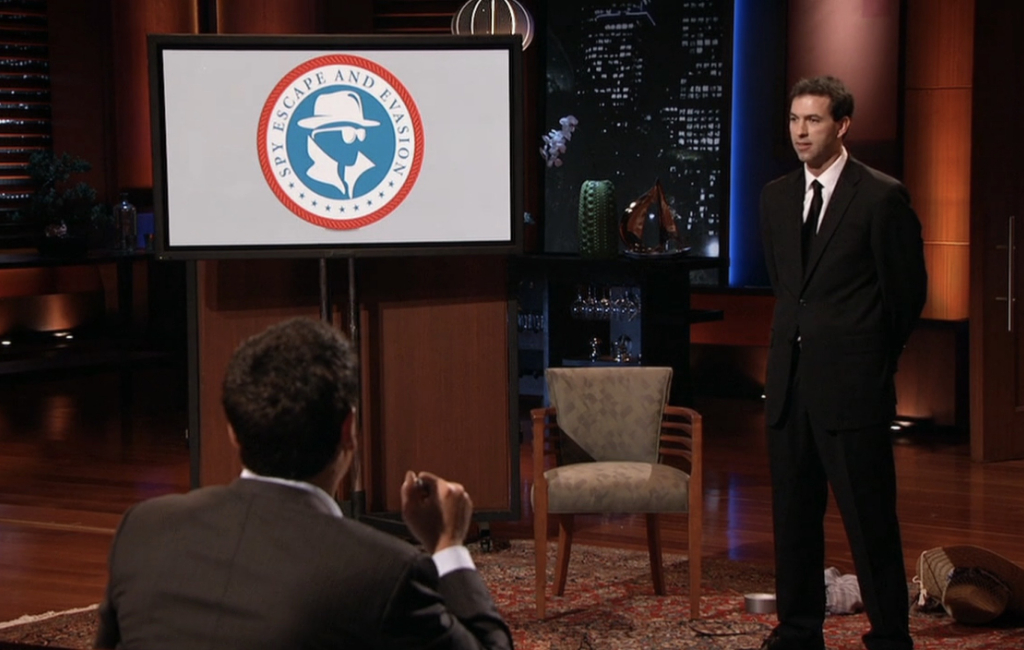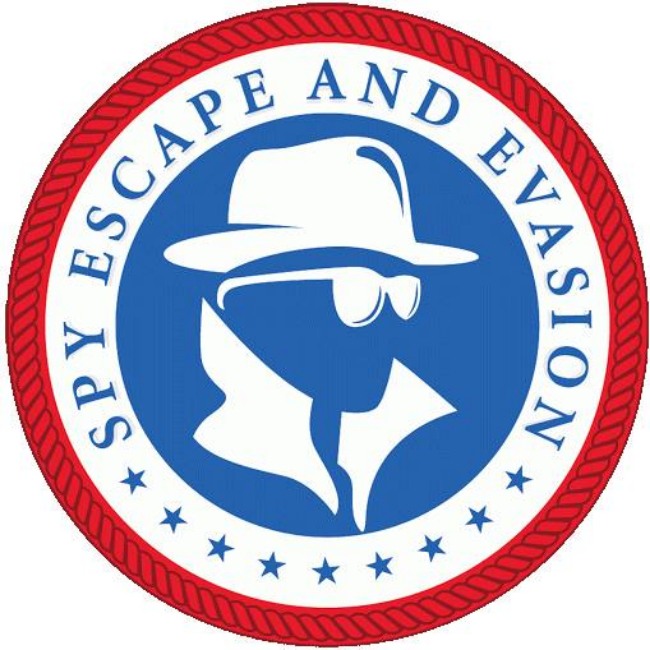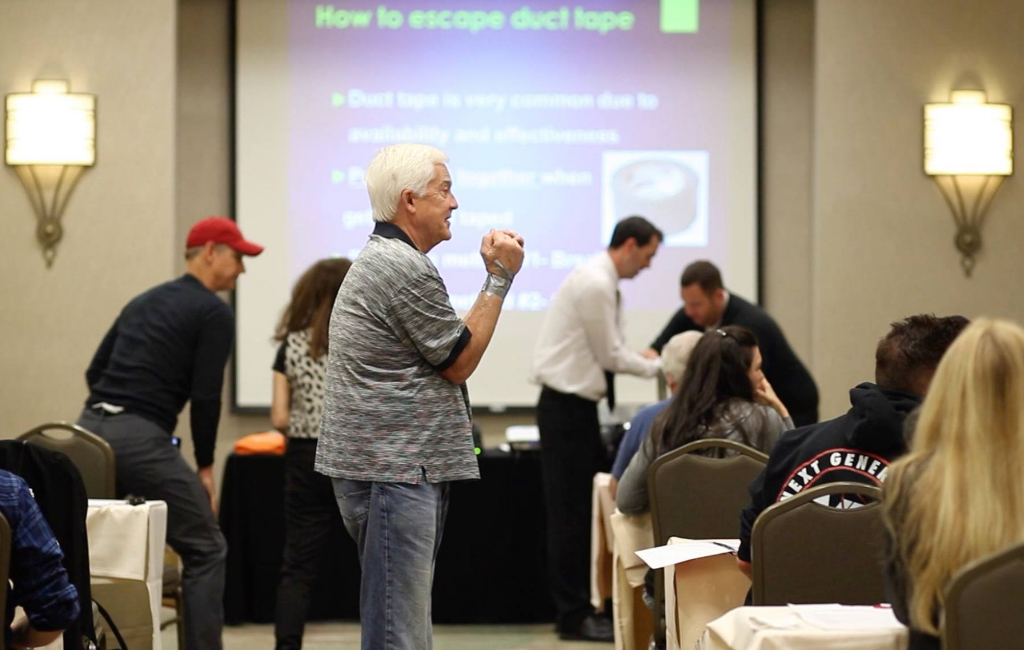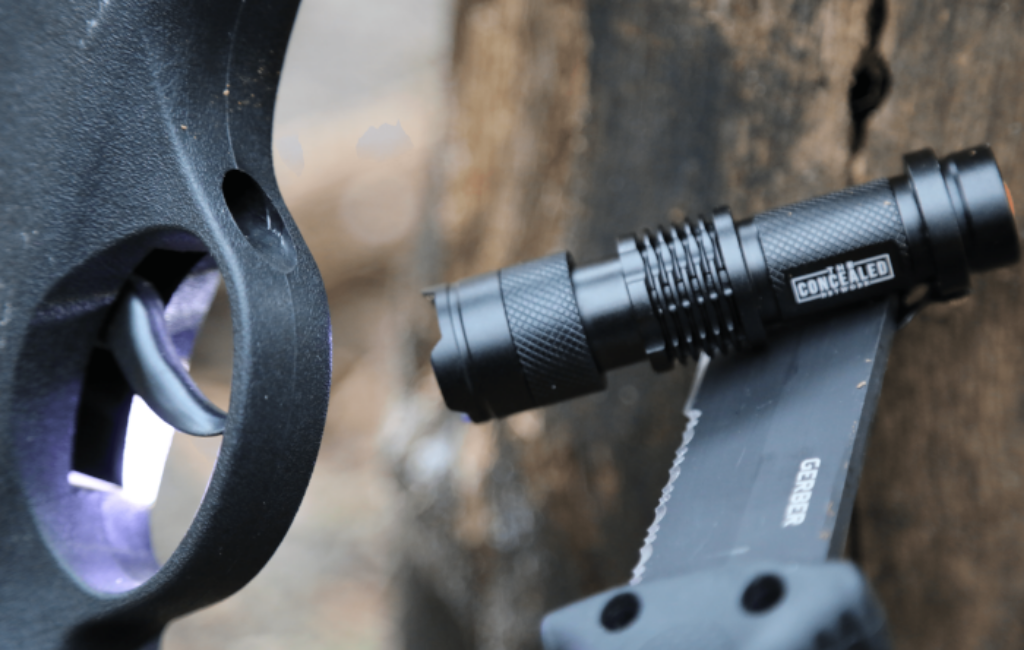Spy Escape and Evasion


DEAL
EPISODE SUMMARY
🕓 Air Date: February 21, 2014
Asking For:
$100,000 for 15%
Investor:
Daymond John
Deal:
$150,000 for 45%
PRODUCT SUMMARY
Spy Escape & Evasion offers training courses based on spy techniques to help individuals protect themselves in dangerous situations.
WATCH HERE
IN A RUSH?
Click these to jump to the section you want to read.
Background Story
Spy Escape & Evasion, founded by Jason Hanson, emerges from a fascinating blend of espionage expertise and a desire to empower individuals with life-saving skills. Hanson, a former CIA officer, brings a wealth of experience in intelligence operations and personal security to the table. Originally hailing from the Washington, D.C. area, Hanson’s career in the CIA exposed him to the intricacies of espionage, including the need to detect threats, adapt to various situations, and escape dangerous scenarios.

Inspired by his experiences in the CIA and driven by a passion for helping others, Hanson conceived the idea of Spy Escape & Evasion. Recognizing the importance of sharing his knowledge with civilians, he sought to create a platform where ordinary people could learn practical techniques for personal protection. This led to the development of Spy Escape & Evasion’s training courses, which are designed to equip individuals with the skills necessary to survive in perilous situations.

The company’s focus on espionage techniques, such as lock-picking, restraint escape, and surveillance detection, reflects Hanson’s deep understanding of the tactics used in the field. By leveraging his background and expertise, Hanson aims to demystify the world of espionage and make self-defense training accessible to everyone. Relocating to Cedar City, Utah, Hanson plans to expand Spy Escape & Evasion’s offerings by establishing the Spy Escape & Evasion Ranch, a premier self-defense training facility.

The Product
Spy Escape & Evasion offers an immersive two-day training course that equips participants with essential skills for personal protection and survival in dangerous situations. The course covers a wide range of espionage techniques and self-defense tactics, including lock-picking, restraint escape, surveillance detection, and evasion strategies.
Participants engage in hands-on training exercises and simulations to learn how to apply these techniques effectively. They receive instruction from experienced instructors, including founder Jason Hanson, a former CIA officer, who brings real-world expertise to the training. The course is designed to be practical, engaging, and accessible to individuals of all backgrounds and skill levels.
It provides valuable knowledge and tools that can be used in everyday life to enhance personal safety and security. Purchasing the Spy Escape & Evasion training course can be done through the company’s website or by contacting their sales team directly. The cost of the two-day course is $600 per person, offering excellent value for the comprehensive training provided.
Participants not only learn valuable skills for self-defense but also gain confidence and peace of mind knowing they have the knowledge and abilities to protect themselves and their loved ones in potentially dangerous situations. With a focus on practical application and real-world scenarios, Spy Escape & Evasion’s training course offers a unique and invaluable experience for those seeking to enhance their personal security.

How It Went
The company’s position before Shark Tank
Spy Escape & Evasion has demonstrated strong performance and growth since its inception. With $306,000 in gross sales and $128,000 in net profit within a year, the company has shown financial viability and stability. Its customer base initially targeted high-net-worth individuals but has expanded to include everyday civilians seeking self-defense training. This expansion in the customer demographic underscores the broad appeal and relevance of the company’s offerings.

Partnerships play a crucial role in Spy Escape & Evasion’s operations. Wholesalers may not be applicable to Spy Escape & Evasion’s business model, as it primarily offers training courses rather than physical products. However, the company may engage in partnerships with event organizers or venues to host its training sessions in various locations. Funding for the company’s operations and expansion comes from multiple sources, including sales revenue from training courses and investment secured through deals such as the one made with Daymond John on Shark Tank.

The $150,000 investment from Daymond John provides additional capital for the company to pursue its growth initiatives, including the establishment of the Spy Escape & Evasion Ranch in Cedar City, Utah. Spy Escape & Evasion’s current structure likely revolves around a core team led by founder Jason Hanson. As the company expands and establishes its training facility, it may hire additional staff to manage operations, instruction, and marketing. The company’s financial health, coupled with its innovative approach to self-defense training, positions it for continued success and growth in the future.
The Negotiations:
During the negotiations on Shark Tank, Jason Hanson of Spy Escape & Evasion presented his company seeking $100,000 for a 15% stake. While he initially pitched the idea of expanding his business with the purchase of land in Utah to establish the Spy Escape & Evasion Ranch, the sharks expressed concerns about the feasibility of this plan. Daymond John ultimately offered $150,000 for a 45% stake, contingent on Hanson accepting the offer immediately.

John emphasized the need for a different business model, focusing on selling seminars in various locations rather than investing in real estate. Robert Herjavec, impressed by the potential of the training aspect but skeptical of the land investment, offered $100,000 for 50%, proposing a plan to create materials for larger seminars. Barbara Corcoran and Kevin O’Leary both expressed doubts about the viability of the land purchase and declined to invest.

Mark Cuban and Lori Greiner also raised concerns about the business model but showed interest in the training aspect. Ultimately, Hanson accepted Daymond John’s offer, recognizing the need for a revised business strategy and appreciating John’s expertise and vision for the company’s growth. The negotiation showcased the sharks’ insights into business models and their willingness to provide strategic guidance to entrepreneurs.







